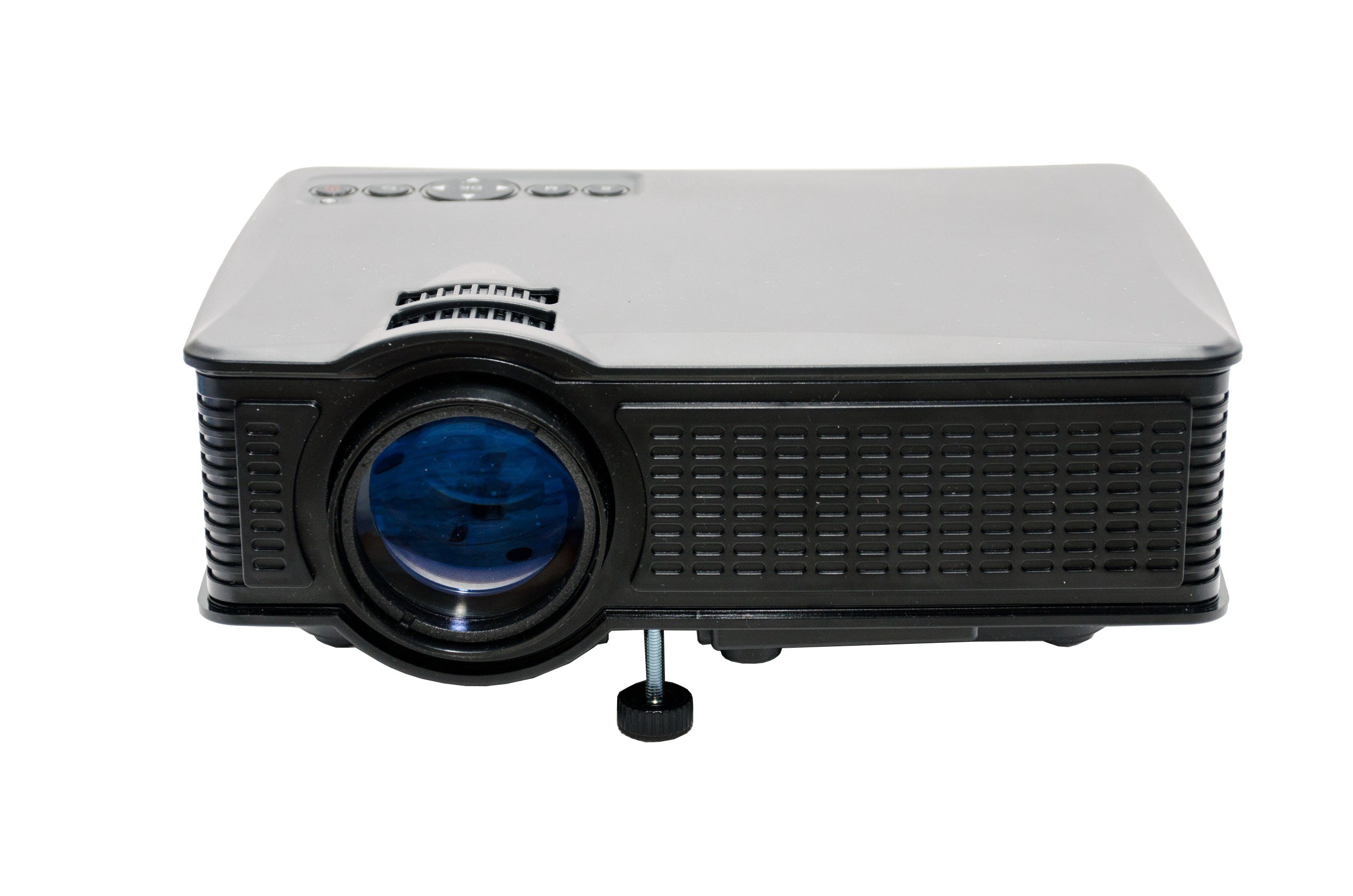- Kenmore refrigerator water filters
- Whirlpool refrigerator water filters
- Samsung refrigerator water filters
- GE refrigerator water filters
- LG refrigerator water filters
- Frigidaire refrigerator water filters
- KitchenAid refrigerator water filters
- Maytag refrigerator water filters
- Kenmore Elite refrigerator water filters
- Estate refrigerator water filters
- GE Profile refrigerator water filters
- Amana refrigerator water filters
- Bosch refrigerator water filters
- Dacor refrigerator water filters
- Electrolux refrigerator water filters
Computer and printer problems can be frustrating because similar symptoms can be caused by different parts of a computer system. Diagnostics software is often needed to pinpoint the exact cause of computer failures. However, you can also learn to troubleshoot certain computer failures and fix the problem on your own with a few replacement parts.
IBM product parts
More IBM product parts
| IBM office Parts |
Common computer issues
- Failed hard drive—When the hard drive of a computer begins to fail, it can cause seemingly random operating system crashes when bad data is retrieved during disk reads.
- Failed system RAM—When system RAM fails, it can have many of the same symptoms as a failing hard drive because it causes system crashes when bad data is retrieved from memory.
- Worn-out cooling fans—Computers are equipped with several cooling fans. When a critical fan like the CPU or power supply fan fails, it can lead to system shutdowns and damage to other components if they overheat.
- Computer runs too slow—If a computer seems to be running slower than in the past, it's often being slowed down because its CPU, RAM or graphics card can’t keep up with current software.
- Computer suddenly restarts often—This is usually an operating system crash caused by a hardware failure, although it's possible that the operating system could be corrupted and needs to be reinstalled. Put the computer through a diagnostics program to pinpoint the failure.
Solutions to computer problems that don't involve replacing parts
Sometimes, it can seem like a component has failed, but the problem is actually software-related, or it's a mechanical problem that can be corrected. For example, system RAM can cause crashes when it becomes loosely seated in its module slot. When this happens, intermittent loss of power to the RAM module will cause system crashes. Opening up the computer and reinstalling the RAM modules in their motherboard slots can correct this problem.
Five parts found inside an IBM computer
- Motherboard—The motherboard is the main electronics circuit board mounted inside the computer's case that the CPU, RAM and other components are connected to. If components on the motherboard are destroyed, it may require replacement.
- CPU—The central processing unit is an IC chip that executes programs and controls the computer's peripherals. It usually has a heat sink and cooling fan mounted over it to keep it cool.
- Power supply—The power supply is a transformer box mounted inside the computer case. It provides the DC power supply to all the computer's components.
- Hard drives—Hard drives are connected to the motherboard and power supply. They provide long-term storage of software and data files.
- Graphics card—Some computers have dedicated graphics cards that plug into the motherboard to provide more advanced graphics performance.
IBM printers can often have issues of their own. If your IBM printer isn't working properly, first, check that you have the most recent drivers installed. Then, check your computer settings to ensure that everything is configured correctly. If your printer won't turn on, examine the power cord connector. You can do this with a multimeter. If all else fails, you may need to replace the main power module.
Sears PartsDirect has the IBM replacement parts that you need
At Sears PartsDirect, we provide a full inventory of spare parts and documentation needed for any repairs an IBM computer might require to get it up and running again.

